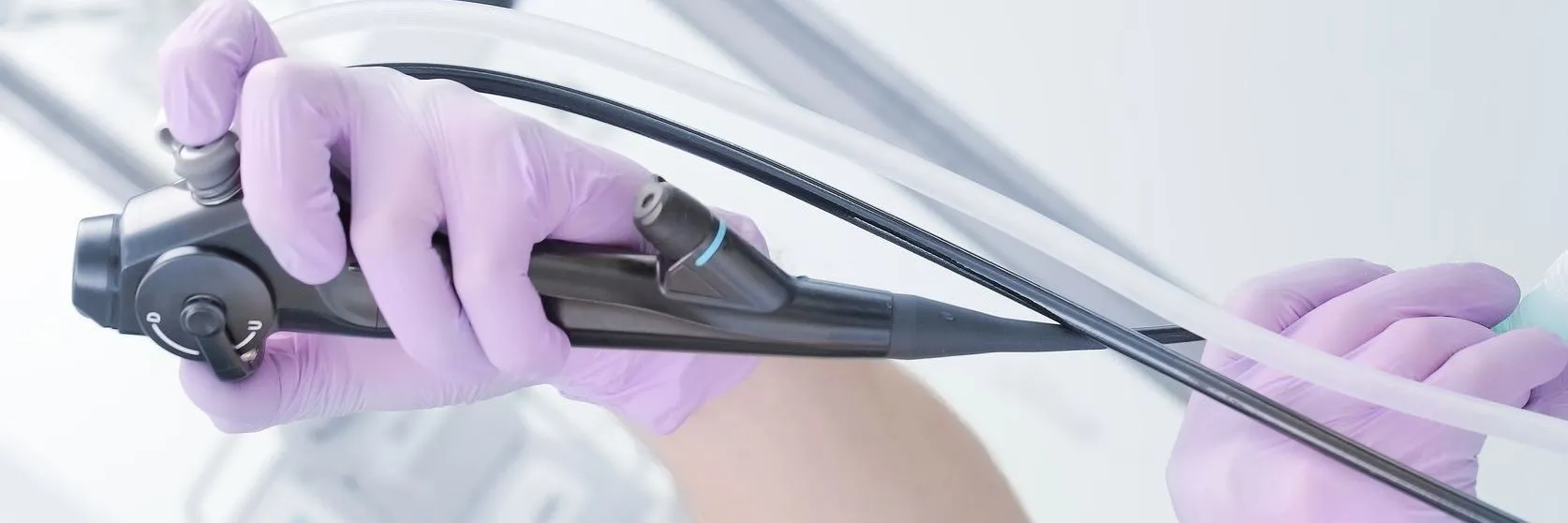Lung Cryobiopsy: Enhancing Diagnostic Yield and Safety in Interstitial Lung Disease

Understanding Lung Cryobiopsy
Lung cryobiopsy, a technique using cryoprobes to obtain lung tissue samples, is significant in diagnosing interstitial lung diseases. By enhancing diagnostic yield and minimizing complications, this method is becoming increasingly favored in clinical settings.
Factors Influencing Safety and Yield
- Pneumothorax Risk: Careful management can reduce this common complication.
- Bleeding: Techniques to manage bleeding are critical for improving patient outcomes.
- Cough: Monitoring and addressing cough during procedures can enhance patient comfort and safety.
Implications for Surgical Biopsies
Comparative studies show that lung cryobiopsy can offer better diagnostic yields than traditional surgical biopsies, particularly in the context of interstitial lung disease.
Conclusion on Lung Cryobiopsy Procedures
As cryobiopsy continues to evolve, its role in diagnosing and understanding lung diseases will be paramount for clinical practice. Further research and methodology refinement are necessary to optimize patient outcomes.
This article was prepared using information from open sources in accordance with the principles of Ethical Policy. The editorial team is not responsible for absolute accuracy, as it relies on data from the sources referenced.